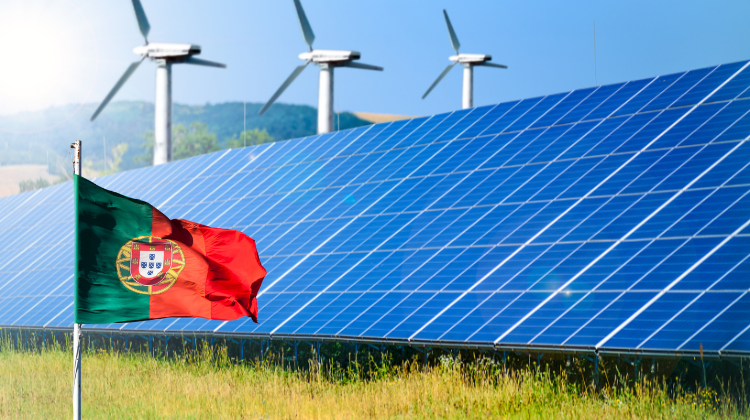Renewable energy sources supplied 77% of Portugal’s electricity consumption in May, with solar energy hitting a historic milestone by accounting for 17% of the total – the highest monthly share ever recorded for this technology, according to Redes Energéticas Nacionais (REN). Non-renewable generation covered 16% of consumption, while imported electricity made up the remaining 7%.
Despite a marginal 0.1% year-on-year decline in electricity demand for May, which translates to zero change when adjusted for temperature and working days, cumulative consumption for the year remains 1.8% higher than in 2024.
Hydropower posted a strong performance, with a productivity index of 1.52, significantly above the historical average of 1. In contrast, wind and solar resources experienced less favourable conditions, with indices of 0.73 and 0.93, respectively. Nevertheless, Portugal’s expanding solar capacity surpassed the 3,000 MW mark for the first time in May, underscoring continued investment and growth in photovoltaic infrastructure.
From January to May, renewable generation met 82% of national electricity consumption, with hydropower contributing 40%, wind 27%, solar 10%, and biomass 5%. Natural gas generation accounted for 12%, while electricity imports made up the final 6%.
Gas Consumption Surges in Electricity Sector
Portugal’s natural gas consumption rose by 40% year-on-year in May, driven by strong demand from the electricity generation sector. In contrast, the conventional segment – covering industrial, commercial, and residential uses – saw a decline of 2.1%. The national gas system was fully supplied via the Sines LNG terminal, which continued to export through the interconnection with Spain.
Cumulatively, from January to May, gas consumption grew by 7.1% compared to the same period in 2024. This increase was fuelled by an 81% surge in consumption for electricity generation, compensating for a 6% drop in the conventional market. During this period, 96% of gas was imported through Sines, with the remaining 4% coming via Spain. Nigeria and the United States were the primary suppliers, accounting for 52% and 34% of total imports, respectively.
As Portugal pushes forward in its energy transition, the country continues to reinforce its leadership in renewable integration, while balancing system needs through flexible gas infrastructure and interconnections.































